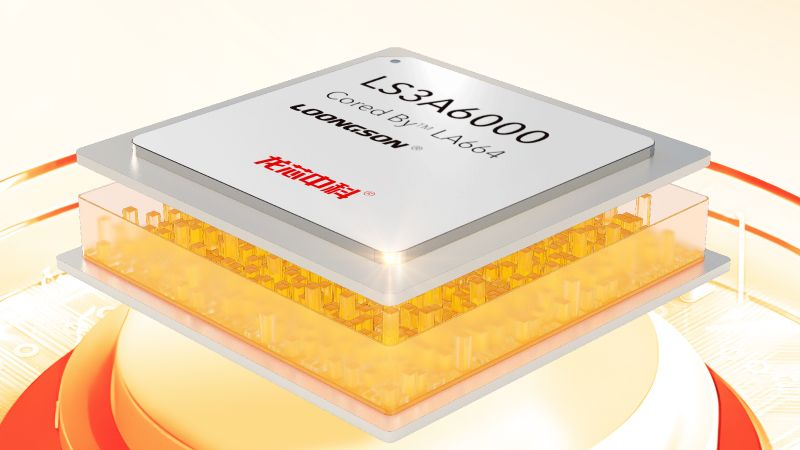It cannot be said that there are no problems with import substitution of semiconductors in China, but the country has its own processors that can be used in both the server and consumer segments. Loongson claims that its latest 3B6600 processor is comparable to 7nm products from Western competitors that were introduced about three to five years ago.

Image source: Loongson
Strictly speaking, in the case of Intel products, talking about a 7-nm process technology in relation to the Alder Lake family is not entirely appropriate, since under the designation “Intel 7” the company hid the last generation of the long-suffering 10-nm technology process, but this particular family of processors was presented in 2022 . AMD introduced its 7nm processors back in 2019 in the Ryzen 3000 family, but the “lithographic merits” in this area should be assigned to TSMC.
As The Register notes, at a conference held under the auspices of Loongson, the chairman of the board of directors of the company, Hu Weiwu, said that the upcoming 3B6600 desktop processor will be quite competitive: “It will be able to reach the performance level of an x86 processor produced using 7nm technology ” Loongson itself uses a combination of RISC-V and MIPS architectures, so compatible software is needed to work with its processors. Lenovo is reportedly carrying out similar work at the request of the Chinese authorities, so Chinese users can work quite comfortably with computers based on Loongson processors.
The Loongson ecosystem includes 37 partners who take part in the creation of computing equipment based on processors of the same name. Where and who exactly produces these processors is not specified, but most likely, they could not evolve to 7-nm manufacturing technology due to sanctions against China.